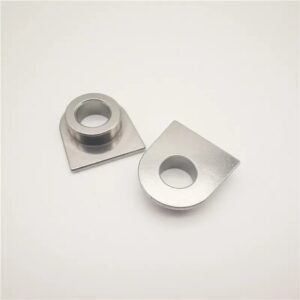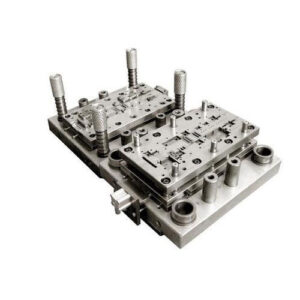Description:
Metal sheets, crafted from steel or aluminum, are integral in car fabrication, serving as the primary material for creating vehicle components. Through precision metal stamping, these sheets are shaped and cut into intricate designs, forming crucial elements such as body panels and chassis. The use of high-quality metal sheets enhances structural integrity, safety, and overall durability in automobiles. Metal stamping, a key fabrication process, allows for the production of complex and precise parts, influencing both the performance and aesthetics of vehicles. In the automotive industry, metal sheets, coupled with stamping techniques, are the cornerstone forconstructing reliable, safe, and visually appealing cars.
Details:
| Place of Origin | Xiamen,China |
| Color | Custom |
| Material | Aluminum, Steel, SPCC, SGCC,SECC,SPTE,Stainless steel, etc. |
| MOQ | 100pcs is accepted |
| Technology | Metal Stamping |
| Price | According to your design and Quantity |
| Sample | Available |
| After sale service | Offer best service |
| Packaging Details | We have the flexibility to tailor product packaging based on your specific preferences and needs.make sure the products is not Damaged or scratched. |
Surface Treatment:
-
Electroplating:
Coating the metal surface with a layer of metal, such as chrome, nickel, or zinc, to enhance corrosion resistance and improve appearance.
-
Painting or Coating:
Applying coatings or layers on the metal surface using paints or specialized coatings to increase corrosion resistance, provide decorative effects, and alter appearance.
-
Anodizing:
Primarily used for aluminum, forming an oxide layer on the aluminum surface to enhance surface hardness, wear resistance, and corrosion resistance.
-
Polishing:
Smoothing the metal surface through mechanical or chemical means to enhance the appearance and texture.
-
Sandblasting:
Using high-speed air or water flow to propel particles onto the metal surface to alter the surface texture and increase adhesion.
-
Chemical Treatment:
Treating the metal surface with chemical solutions to alter its properties, such as corrosion inhibition or color change.
-
Anodic Coloring:
Building upon anodization, introducing coloring agents to achieve different colors on the metal surface.











